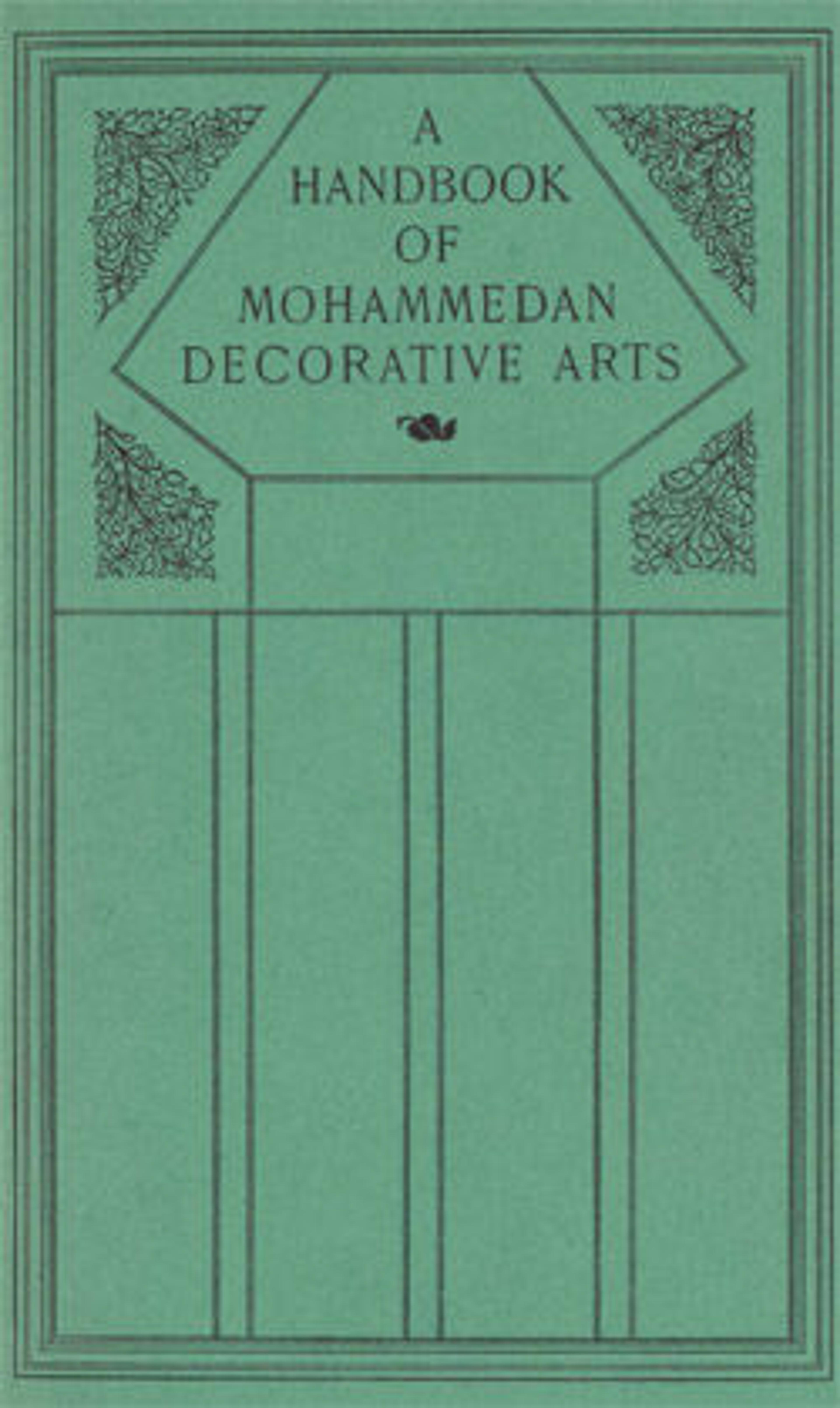Carved Door Panel
Artwork Details
- Title:Carved Door Panel
- Date:late 15th century
- Geography:Made in present-day Uzbekistan, Samarqand
- Medium:Cypress; carved, traces of paint
- Dimensions:H. 82 in. (208.3 cm)
Gr. H. 88 1/2 in. (224.8 cm)
W. 30 3/4 in. (78.1 cm)
D. 2 1/2 in. (6.4 cm)
Wt. 127 lbs. (57.6 kg) - Classification:Wood
- Credit Line:Rogers Fund, 1923
- Object Number:23.67.7
- Curatorial Department: Islamic Art
Audio
6707. Carved Door Panel
SHEILA CANBY: This is one half of a carved wooden door. …It was found in Khokand, which is in Uzbekistan –… modern Uzbekistan, in the area that was controlled the Timurids, The door has been divided into zones. And so the central cartouche-shaped zone has lots of deeply carved floral elements, and then around it, we have more floral and sort of arabesque or scroll devices in another section, and then the outer border has a more geometric type of pattern going all the way around. Wood deteriorates, and you can see here there's a terrible crack right down the middle. And it's interesting that in its carving and its style it should be so closely related to stone carving, of which we have many more examples because it's much more durable. One can still see doors like this… in some mosques and shrines and other buildings in both northeastern Iran and in Uzbekistan and that region in central Asia.
More Artwork
Research Resources
The Met provides unparalleled resources for research and welcomes an international community of students and scholars. The Met's Open Access API is where creators and researchers can connect to the The Met collection. Open Access data and public domain images are available for unrestricted commercial and noncommercial use without permission or fee.
To request images under copyright and other restrictions, please use this Image Request form.
Feedback
We continue to research and examine historical and cultural context for objects in The Met collection. If you have comments or questions about this object record, please contact us using the form below. The Museum looks forward to receiving your comments.
